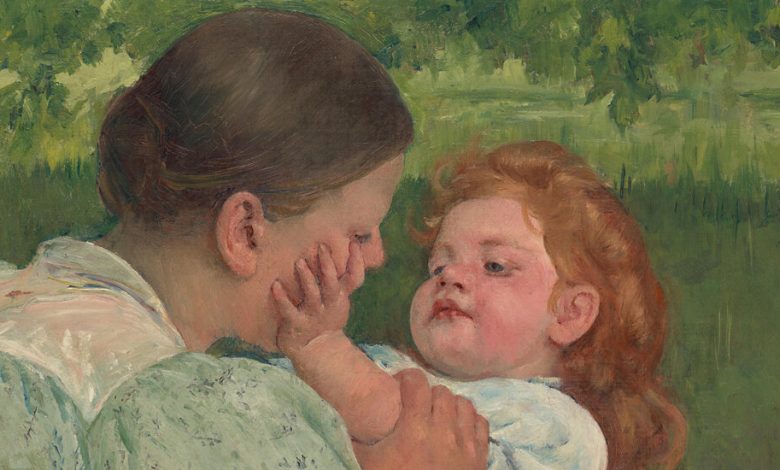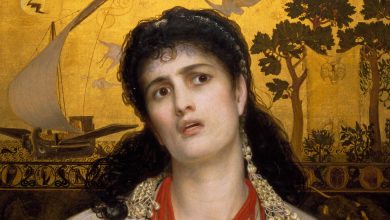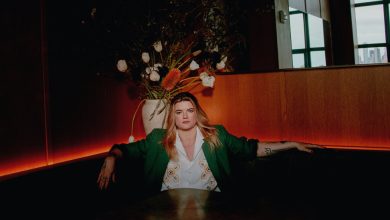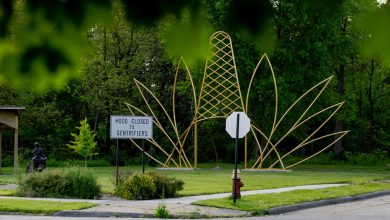Mary Cassatt’s Women Didn’t Sit Pretty

In the epic story of modern art, Mary Cassatt has been cast as the premier painter of mothers and babies. Yet she created a world in which no one ever changed a diaper or ran out of milk. Her paintings are set amid the privileged spaces of 19th-century parlors and gardens, where women sew or read or nurse an infant, uninterrupted by men. They typically wear bonnets and ankle-length dresses, bows and ruffles, and do not glance at us. Rather, they avert their eyes, consumed by their own thoughts.
Cassatt, who was born into enormous wealth in Pittsburgh and spent most of her life expatriated to France, fell out of fashion after her death, in 1926, at age 82. For decades she was dismissed as a paintbrush-wielding patrician unconnected to the make-it-new spirit of modern art. Yet at least since 1998, when the British feminist Griselda Pollock published the book “Mary Cassatt: Painter of Modern Women,” Cassatt has been rehabilitated as a proto-feminist who supported women’s suffrage and experimented daringly in her work.
The approaching centennial of Cassatt’s death is inspiring a new round of exhibitions and books, and a reappraisal is welcome. “Mary Cassatt at Work,” the first major exhibition of her art in a generation, opens on May 18 at the Philadelphia Museum of Art (and will travel in the fall to the Fine Arts Museums of San Francisco). The show will attempt to rebrand her as, of all things, a friend of labor.
Its theme — work with a capital W — is two-pronged, seeking to establish Cassatt as an exemplary professional and to “challenge the idea that her oeuvre focuses solely on moments of leisure,” as the curators Jennifer A. Thompson and Laurel Garber write in the accompanying catalog. They contend that the women in Cassatt’s paintings could only be accused of idleness by people who are ignorant about the wearying demands of child care and housekeeping.
Who was Mary Cassatt? She stood five foot six, with cool gray eyes and a confident, sometimes caustic manner. Born in 1844, she left home soon after the Civil War and settled in Paris. Rejecting the ways of women of her class (her brother Alexander became the president of the Pennsylvania Railroad), she never married or had children. Instead, she worked tirelessly at her art and found her way to the center of the French avant-garde. As the story goes, one day she admired a few radiant pastels of ballet dancers in a store window in Paris. Their creator, Edgar Degas, soon became a close friend and a foundational influence. He encouraged her to take up printmaking and, more generally, to jettison the stable, centered views of the past in favor of sharply angled perspectives — the radical cut or crop.




